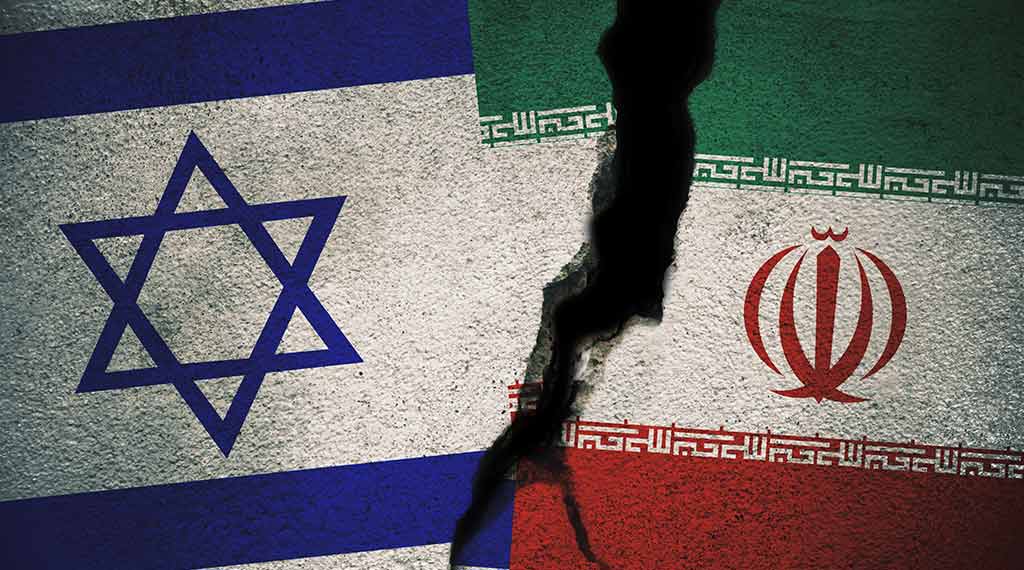The Fertile Crescent as the Arc of Conflict in the Israeli-Iranian twilight struggle

It has been about 8 hours since the series of air strikes against pro-Iranian militias across eastern Syria happened in almost a dozen locations, including Abu Kamal.
The U.S. has at this point not claimed any involvement, which it usually does within a couple of hours of an action. So it is unlikely the U.S. was the attacker, despite some Syrians and Iraqis who believed it was.
It is is more likely that these strikes have to be understood in the context of the impending outbreak of major war between Israel and Hizballah, as well as between Israel and pro-Iranian militias who are taking up positions in western Syria opposite the Golan Heights.
In recent days, there have been a constant din of reports that Hizballah had moved some of its forces to the Golan arena, and that Iran was conducting a crash supply program to get as much high-caliber and high-accuracy weaponry to the theater. Thus, the IRGC has accelerated the number of shipments by any route possible in recent days to Syria.
Israel already started responding to this by killing Sayid Reza Mousawi — the key coordinator of all IRGC activity in the Levant — early this week, and last night bombing Damascus airport several times over several hours. Saudi papers report a number (11 in fact) of very high-ranking IRGC officers were killed in those raids. Moreover, Israel’s chief military spokesman, Admiral Daniel Nagari, added yesterday (Thursday Dec 28) that Israel had escalated in recent days to damage significantly the Hizballah-Iran logistics structure.
It is thus quite possible that the context of the series of attacks on pro-Iranian militias is part of the Israeli effort to both prevent resupply of the Western Syria-Lebanon theater, as well as to preempt its reinforcement by more militias arriving from Iraq, Afghanistan or other areas serving as Iranian minions.
This also all occurs against a backdrop of a growing chorus of senior Israeli opinion setters — including former PM Bennett in an oped in the WSJ on Friday (Dec 29) — to escalate the war not only against the Iranian proxies already attacking Israel (Houthis, Hizballah, Iraqi pro-Iranian militias) but to attack Iran itself. There appears to be some debate still as to whether Israel should first deal with the proxies and then the regime of the Islamic Revolutionary Republic of Iran, or vice versa. Or whether that even matters since a serious attack on either will involve escalation with the other.
These voices seem further encouraged by disturbing reports coming from international inspectors about Iran’s acceleration and sharp expansion of nuclear enrichment activities. The breath of those activities and the amounts it appears to be enriching suggest Iran is moving toward a strategic nuclear breakout not by crossing the threshold with a single device, but to cross it at once with a small arsenal of devices.
Taken together, it is clear that Israel has entered — still modestly but increasingly wholeheartedly — into the acute phase of its twilight struggle with Iran itself.
The war launched by Iran’s axis thus started in Gaza in Israel’s backyard, but it is slowly coming home to Iran’s front doorstep delivered by the Israeli Defense Forces.
- Saudi Crown Prince’s Visit Restored an Important Relationship: Dr. Wurmser - November 24, 2025
- The Dick Cheney I Knew - November 5, 2025
- “His intellect, image, and integrity made him such a convincing figure”: Dr. Wurmser on Dick Cheney - November 4, 2025
